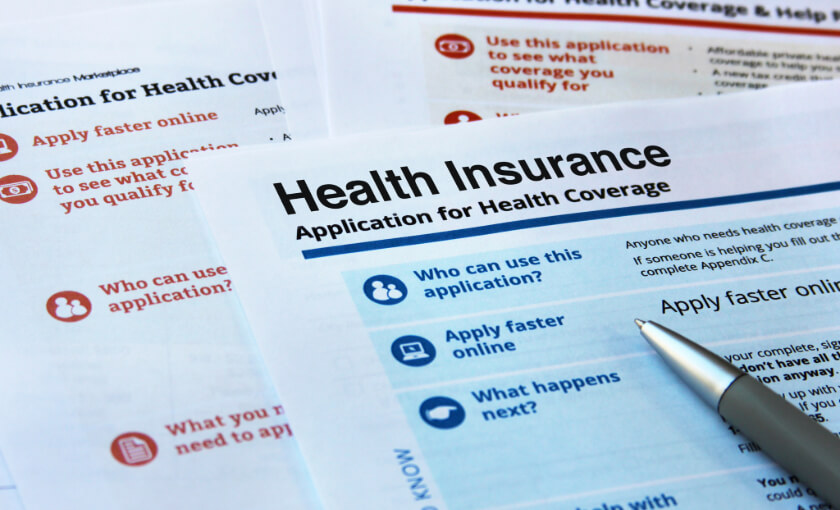Fall Allergy Relief in Maryland: Managing Seasonal Symptoms During Peak Ragweed Season
Discover effective strategies for managing fall allergies in Maryland, with local tips for dealing with ragweed season, reducing symptoms, and finding relief during peak autumn allergy months in Montgomery County.

As autumn paints Maryland's landscape with vibrant colors, many residents find themselves battling more than just falling leaves. October marks the height of fall allergy season in our region, with ragweed pollen continuing to circulate throughout Montgomery County and the greater DC area. For the thousands of Marylanders who suffer from seasonal allergies, this time of year can transform from scenic to symptomatic without proper management strategies.
Understanding Maryland's Fall Allergy Landscape
The Mid-Atlantic region, particularly Maryland, consistently ranks among the worst areas for fall allergies in the United States. According to recent environmental data, Maryland topped the list of states with the highest pollen counts in 2025, with Montgomery County experiencing particularly elevated levels. This distinction is one local residents could certainly do without.
Ragweed serves as the primary culprit behind autumn allergies in our area. A single ragweed plant can produce up to one billion pollen grains, which can travel hundreds of miles on the wind. In Maryland, ragweed season typically begins in mid-August, peaks in September, and continues well into October, only subsiding after the first hard frost.
Beyond ragweed, other fall allergens affecting Maryland residents include:
- Mold spores, which thrive in piles of damp autumn leaves
- Wormwood and sagebrush pollen
- Dust mites, which become more prevalent as homes close up for cooler weather
- Amaranth and orache, lesser-known but significant local allergens
The unique geography of the Maryland/DC region creates what allergists call a "perfect storm" for fall allergies. Our moderate temperatures, combined with the area's abundant vegetation and waterways, create ideal conditions for allergen production and distribution.
Recognizing Fall Allergy Symptoms in Maryland
While many symptoms overlap with common colds and other respiratory conditions, fall allergies typically present with:
- Itchy, watery eyes
- Sneezing and a runny nose with clear discharge
- Scratchy throat
- Itchy ears and the roof of the mouth
- Dark circles under the eyes (allergic shiners)
- Fatigue due to poor sleep quality
Unlike colds, allergies don't cause fever or body aches, and symptoms persist for weeks rather than improving after a few days. With the ongoing presence of respiratory viruses in our community, distinguishing between allergies and illness becomes particularly important.
Local Strategies for Managing Fall Allergies
Monitor Daily Pollen Counts
The Maryland Department of Health maintains a pollen indicator that provides daily updates on allergen levels throughout the state. Residents can access this information to plan outdoor activities when pollen counts are lower—typically in the afternoon or after rainfall has cleared the air. Several weather apps also provide hyperlocal pollen forecasts for Silver Spring and surrounding communities.
Modify Your Outdoor Routine
During peak ragweed season in Montgomery County, consider these locally-tailored approaches:
- Schedule outdoor exercise for afternoon hours when ragweed pollen counts typically decrease
- Avoid Rock Creek Park and other wooded areas during morning hours when pollen is most active
- Remove shoes outside and change clothes after spending time outdoors
- Shower before bedtime to remove pollen from hair and skin
- Keep windows closed, particularly in the morning when pollen counts surge
Create an Allergy-Free Home Environment
Transform your Maryland home into an allergy sanctuary with these practical steps:
- Use HVAC filters rated for allergen removal and change them monthly during fall
- Keep indoor humidity below 50% to discourage dust mite and mold growth
- Vacuum frequently with a HEPA-filtered vacuum
- Wash bedding weekly in hot water
- Consider removing area rugs and carpeting, which can trap allergens
- Use allergen-proof covers for mattresses and pillows
Local Treatment Options
Montgomery County offers numerous resources for allergy sufferers:
- Over-the-counter antihistamines, nasal corticosteroids, and eye drops provide symptom relief
- Several local pharmacies offer compounding services for customized allergy formulations
- Saline nasal irrigation with distilled or boiled water can flush allergens from nasal passages
- Air purifiers with HEPA filtration can significantly reduce indoor allergen levels
When to Seek Professional Care
For Maryland residents with severe or persistent symptoms, several local healthcare options exist:
- Community health clinics throughout Montgomery County offer allergy assessment and treatment
- KCM Cares provides affordable allergy management services for underserved populations
- Telehealth options have expanded across Maryland, making specialist consultation more accessible
- Several urgent care centers in Silver Spring can address acute allergy symptoms
Maryland-Specific Considerations for Fall Allergy Season
Climate Change Impact
Maryland's changing climate has extended the ragweed season by several weeks compared to historical patterns. Warmer fall temperatures and increased carbon dioxide levels have led to more robust ragweed plants producing greater quantities of pollen. This trend is expected to continue, making proactive allergy management increasingly important for area residents.
Regional Variations
Allergy experiences vary significantly across Maryland. Coastal areas may see extended seasons due to warmer temperatures, while western Maryland might experience earlier frost and shorter ragweed seasons. Montgomery County's position between these extremes creates a prolonged exposure period for many residents.
Local Resources
Montgomery County offers several community resources for allergy sufferers:
- Free air quality alerts through the Maryland Department of the Environment
- Community health workshops on allergy management
- Local gardening guidelines for creating low-allergen landscapes
- School-based accommodations for children with severe allergies
Looking Forward: Preparing for Winter Allergens
As October transitions to November, Maryland's allergen profile shifts. While outdoor allergens decrease after the first frost, indoor allergens often increase as homes close up for winter. Preparing now by deep cleaning heating vents, replacing furnace filters, and addressing any moisture issues can help prevent winter allergy problems.
Fall allergies may be challenging in Maryland, but with proper knowledge and local resources, residents can minimize symptoms and enjoy the beauty of autumn. By implementing these region-specific strategies, even those with significant sensitivities can find relief during peak ragweed season.
For more information about managing seasonal allergies or to schedule an appointment, contact KCM Cares, your community healthcare partner committed to helping Montgomery County residents breathe easier this fall.
.svg)
.svg)


.jpg)


